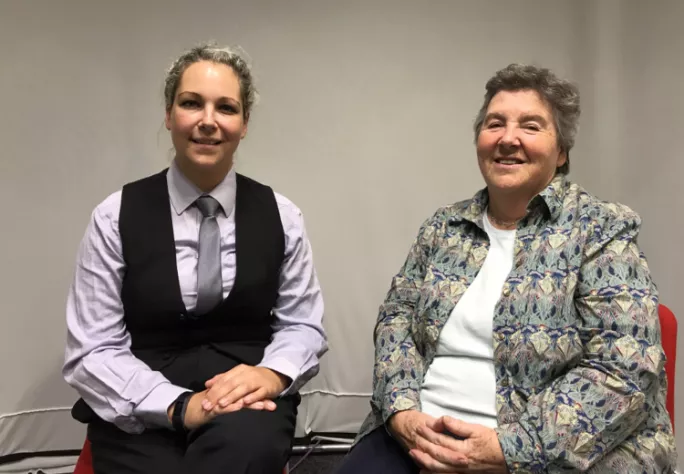You may never have heard the name Professor Margaret Brown, but for several decades now she’s been working on researching aspects of maths education in the UK - not only trying to find out what the current picture is, but also crucially how to help make it better.
Her work has focused on multiplicative reasoning, one of the significant keys to mathematical understanding at all ages. (You pronounce it multi-PLIC-ative reasoning, for the record. Margaret talks about pronouncing “matrix” wrongly - like “mattress” - for years until someone corrected her).
Understanding maths
It is all about the deep understanding of multiplying and dividing, rather than just learning times tables or performing calculations, and starts with recognising when you actually need to use multiplication. It’s the basis for some very fundamental mathematical ideas, and can be a real sticking point for pupils who can’t then fully access other parts of the curriculum. It’s also “surprisingly under-researched”.
Brown’s background is originally in primary teaching. She remembers her first day: “I’d never really met a five-year old, when suddenly I was starting on Monday with 27 of them in Bootle.”
And she has stayed closely in touch with the classroom, regularly going back into schools to test new ideas and interventions with pupils (and get feedback from teachers).
Practical approaches
So what is the key to developing good multiplicative reasoning in pupils?
A mixture of models, says Brown, and moving between different representations.
Often, pupils get “stuck” on a repeated addition model of multiplication, and it is remarkably hard to move them on. Allowing pupils to play with arrays, area models, double number lines and scalings can help.
Brown has a research paper called ”The struggle to achieve multiplicative reasoning 11-14” (although these ideas are also very important at all ages), which we discuss in this podcast.
You can also listen to hear more about when maths saved the day, and why we decided maths teachers should get some T-shirts printed (and what they would say).
Listen now
You can listen for free by downloading the podcast from your podcast platform (type “Tes - the education podcast”) or you can listen below.
Lucy Rycroft-Smith works in communications and research for Cambridge Mathematics
Further reading
In the podcast, Margaret mentions:
-
Patrick Barnby’s work on arrays
-
Julia Anghileri’s work
-
Dietmar Küchemann’s work
-
The ICCAMS project (investigating ways of raising students’ engagement with mathematics)
-
The IMAP project looking at low attainment in mathematics
Each week, Tes produces a magazine (available in print and online to subscribers) that gives you detailed, up-to-date teaching and learning guides, analysis and advice based on the latest research. It is essential reading for the informed teacher and school leader. You can subscribe here.






